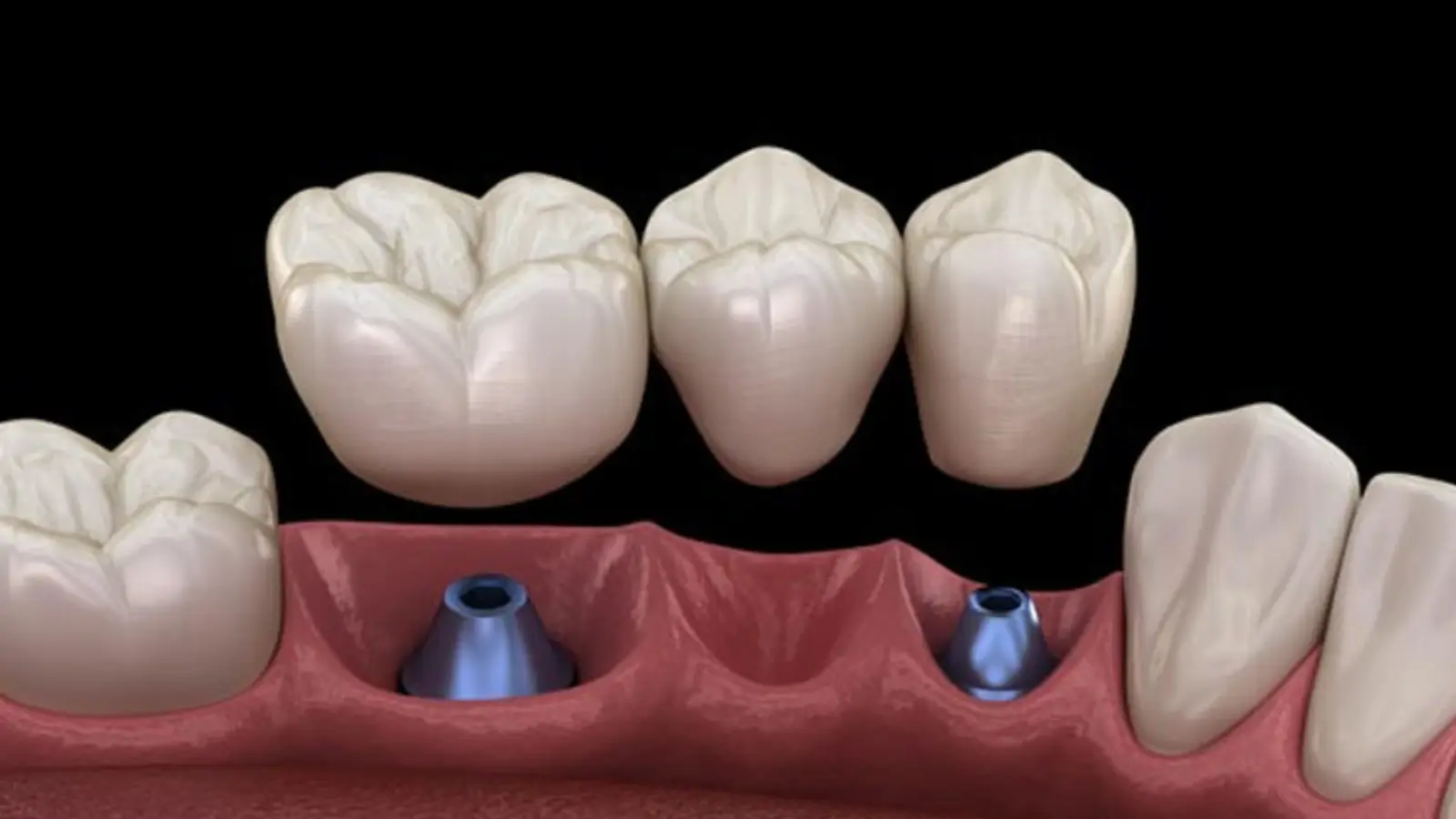
Are You a Candidate for Dental Bridges? Key Factors to Consider
A confident smile is a vital part of self-esteem and social interactions. Missing teeth can disrupt not only your smile but also your ability to chew, speak, and maintain overall oral health. Dental bridges are a practical way to replace lost teeth, improving appearance as well as usefulness. But are dental bridges the right choice for you? In this blog, we’ll explore key factors to help you determine if you’re a candidate for a dental bridge.
What Is a Dental Bridge?
A dental bridge is a fixed prosthetic device that replaces one or more missing teeth by bridging the gap. The bridge typically consists of two crowns (called abutments) placed on the teeth adjacent to the gap, with an artificial tooth (or teeth) called a pontic in between. The result is a natural-looking restoration that helps you regain your smile and improve dental function.
Types of Dental Bridges
Before considering if you’re a candidate, it’s helpful to understand the different types of dental bridges available:
- Traditional Dental Bridge: The most common type, this bridge uses two crowns on either side of the gap to anchor a false tooth. It’s suitable when you have healthy teeth on both sides of the missing tooth.
- Cantilever Bridge: Used when there’s only one adjacent tooth next to the gap. This option is less common and is usually recommended when only one side of the missing tooth has a neighboring tooth.
- Maryland Bonded Bridge: This bridge uses a metal or porcelain framework bonded to the back of adjacent teeth. It’s a more conservative option that requires less alteration of surrounding teeth.
- Implant-Supported Bridge: Dental implants support this bridge instead of natural teeth. It’s a more stable and durable option for those missing multiple teeth.
Understanding these types can guide your decision when considering a dental bridge in Bellevue.
Key Factors to Determine if You’re a Candidate
Now that you’re familiar with what a dental bridge is, let’s dive into the specific factors that make someone a good candidate:
Number of Missing Teeth
A dental bridge is generally ideal for individuals missing one to three teeth in a row. If you’re missing more teeth, alternative solutions like partial dentures or implant-supported options might be better suited for your needs.
Condition of Adjacent Teeth
The teeth adjacent to the gap, also known as abutment teeth, must be healthy and strong enough to support the bridge. If these teeth are decayed, weakened, or require extensive dental work, they may not provide adequate support. A dentist will assess the health of these teeth to determine if they’re suitable for anchoring the bridge.
Overall Oral Health
Keeping your mouth clean is essential to your dental bridge’s lifespan. Applicants should be free of periodontal disease and have healthy gums. Gum health is important because the bridge relies on stable, healthy tissue for support. Additionally, good oral hygiene practices ensure that the bridge lasts longer and reduces the risk of complications.
Bone Density
When an implant-supported bridge is recommended, you need sufficient bone density to securely hold the implants in place. If you have experienced bone loss due to missing teeth, you may need a bone graft to prepare the area for the implants.
Personal Oral Habits
Candidates for a dental bridge should commit to maintaining excellent oral hygiene, including regular brushing, flossing, and dental checkups. Poor oral habits like smoking or neglecting dental care can compromise the success of the bridge. A commitment to dental care is key to keeping your bridge in top condition.
Budget and Affordability
The cost of a dental bridge can vary depending on the type, materials used, and the complexity of the procedure. Traditional bridges are usually more affordable, while implant-supported bridges can be more expensive. Making an educated choice will be aided by researching financing choices and comprehending your budget. Many patients seeking a dental bridge find that dental insurance covers a significant portion of the procedure, making it more affordable.
Long-Term Goals
Your long-term oral health goals should align with the benefits offered by a dental bridge. If you’re looking for a quick and less invasive solution for replacing missing teeth, a traditional bridge might be your best option. On the other hand, if you’re seeking a more permanent and durable solution, implant-supported bridges may be worth considering.
The Process of Getting a Dental Bridge
If you meet the criteria above, your next step is to consult with a dentist who specializes in dental bridges. Here’s what the process typically involves:
- Initial Consultation During this visit, the dentist will evaluate your oral health, discuss your goals, and determine the most suitable type of bridge for your needs. They will also take X-rays and impressions of your teeth to plan the procedure.
- Preparation of Abutment Teeth For traditional and cantilever bridges, the dentist will prepare the abutment teeth by removing a portion of enamel to create room for the crowns. This step is not required for Maryland bridges, as they use a bonded framework.
Temporary Bridge Placement: While making your custom bridge, the dentist places a temporary bridge to protect your exposed teeth and gums. - Permanent Bridge Placement Once the custom bridge is ready, it will be fitted and adjusted for comfort and aesthetics. The dentist will then permanently cement it in place.
- Aftercare and Follow-Up Regular follow-ups are essential to ensure the bridge is functioning properly. Your dentist will provide detailed aftercare instructions and schedule routine checkups.
Advantages of Dental Bridges
Dental bridges offer several benefits, including:
- Restored Smile and Confidence: Bridges fill gaps left by missing teeth, giving you a more complete and natural-looking smile.
- Enhanced Functionality: Bridges restore vital functions that may have been hampered by losing teeth, such as speaking and chewing.
- Preventing Teeth Shifting: Bridges help maintain the alignment of your teeth by preventing neighboring teeth from shifting into the empty space.
A dental bridge in Bellevue can be an excellent solution for individuals looking to replace missing teeth and restore both function and aesthetics to their smile. By considering factors like the number of missing teeth, the health of adjacent teeth, and your overall oral hygiene habits, you can determine if this option is right for you. Consult with a qualified dentist to explore your options and start your journey toward a healthier, more confident smile.
Remember, every smile is unique, so what works for one person may not work for another. By thoroughly evaluating your needs and discussing them with your dentist, you can find the best solution tailored to you.



